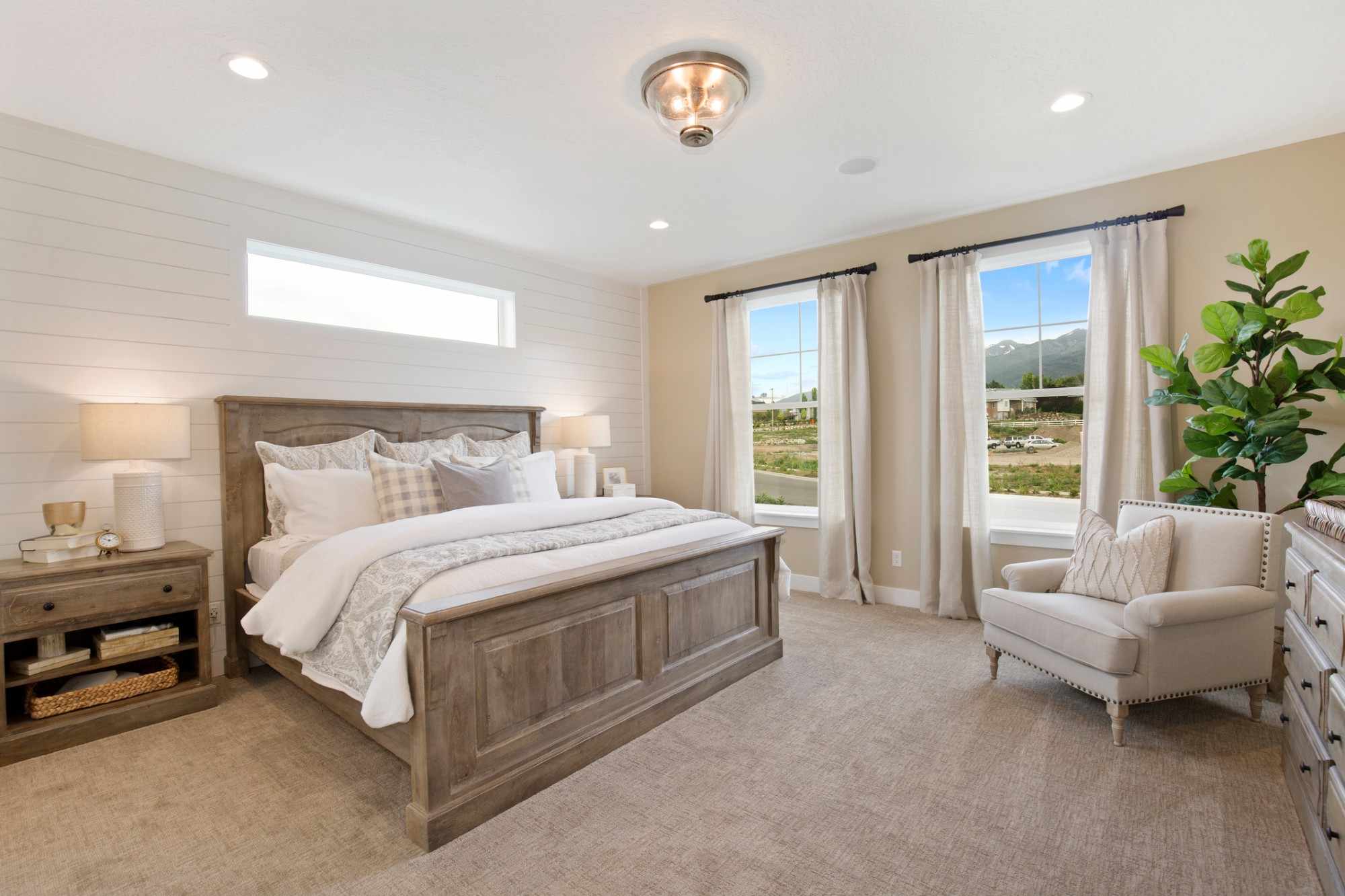Certain furniture choices can instantly date any room, and bedrooms are no exception to this.
Given that buying bedroom furniture—whether that’s a bed, a closet, or a dresser—is a fairly big investment and something you’ll likely keep for years to come, it can be helpful to know exactly which trends are outdated.
To find out, we asked a couple of design pros to weigh in on what’s out when it comes to bedroom furniture. From pieces that can instantly date a bedroom to others that can overpower your resting space, these are the bedroom furniture trends that designers say are past their prime.
Meet the Expert
- Maya Axt is the founder and principal designer of Maya Axt Interiors.
- Jordana Ashkenazi is the founder and design director of Element One House.
- Julia Mack is the founder and principal of Julia Mack Design.
Mirrored Furniture
John Keeble / Getty Images
Once considered glamorous, mirrored closet doors, nightstands, and dressers have fallen out of favor, according to Maya Axt, founder and principal designer of Maya Axt Interiors.
Mirrored furniture did have some benefits, especially when it came to making a small space look bigger, but the negatives far outweigh the positives for Axt.
“Mirrored furniture reflects light harshly, shows wear quickly, and adds a flashy note that doesn’t age well,” Axt says.
Today’s bedrooms are all about decorating with pieces made with natural materials like wood and stone, which bring warmth and texture into your resting space, says Axt.
Want more design inspiration? Sign up for our free daily newsletter for the latest decor ideas, designer tips, and more!
Matching Bedroom Sets
PC Photography / Getty Images
Remember when buying a coordinating bed frame, dresser, and nightstand from one big box retailer was the go-to way to furnish your bedroom?
According to Jordana Ashkenazi, founder and design director of Element One House, this trend has taken a dated turn as it lacks character and originality.
“Matching sets feel outdated because they create uniformity rather than individuality,” Ashkenazi says. “Instead, choosing curated, complementary pieces gives a bedroom personality and prevents it from looking staged or flat.”
Oversized Storage Furniture
Frazaz / Getty Images
Once upon a time, large freestanding wardrobes and oversized dressers were popular as they were practical for storage.
But Ashkenazi is not a fan of these big pieces as they can quickly overpower most bedrooms, making the space feel more like a storeroom than a restful sanctuary.
“These pieces don’t maximise space or integrate seamlessly with the architecture,” says Ashkenazi. Designers are now opting for sleek built-ins or bespoke joinery, which offer clean lines that help create a calming atmosphere, adds Ashkenazi.
Traditional Bed Frames
Dana Hoff / Getty Images
Designers are saying goodbye to bed frames that lean traditional, like sleigh beds and beds with overly tufted or fussy headboards, says Axt.
As the most important and largest piece of furniture in your room, your bed sets the tone for the entire room, and older style beds can instantly date a bedroom.
“These pieces once tried to signal luxury but now feel stuck in another era,” Axt says. “Today’s beds are all about clean lines, natural materials, and textures that bring warmth and longevity.”
Ornate Furniture
Esin Tellioglu / Getty Images
Bedroom furniture with sparkly finishes, ornate details, and shiny embellishments was once thought of as glamorous and a must-have for creating an elevated space.
Now, though, these very pieces can cheapen the look of a bedroom because they “jar with current design directions,” according to Ashkenazi.
Bedrooms are meant to be restful retreats, and overly detailed furniture “disrupts the balance and undermines the sense of calm a bedroom should provide,” Ashkenazi shares.
Symmetrical Seating Area
Rick Gomez / Getty Images
It’s not just furniture styles that can date your bedroom, but sometimes it’s just as much about where you place your furniture, especially seating, according to Julia Mack, founder and principal of Julia Mack Design.
When seating is placed symmetrically at the end of a bed in the bedroom, “it adds a stuffy formality to a relaxing space,” Mack says.
Instead, “consider moving both the bed and seating area off center, creating two areas within one space,” for a more casual and contemporary look Mack says.
